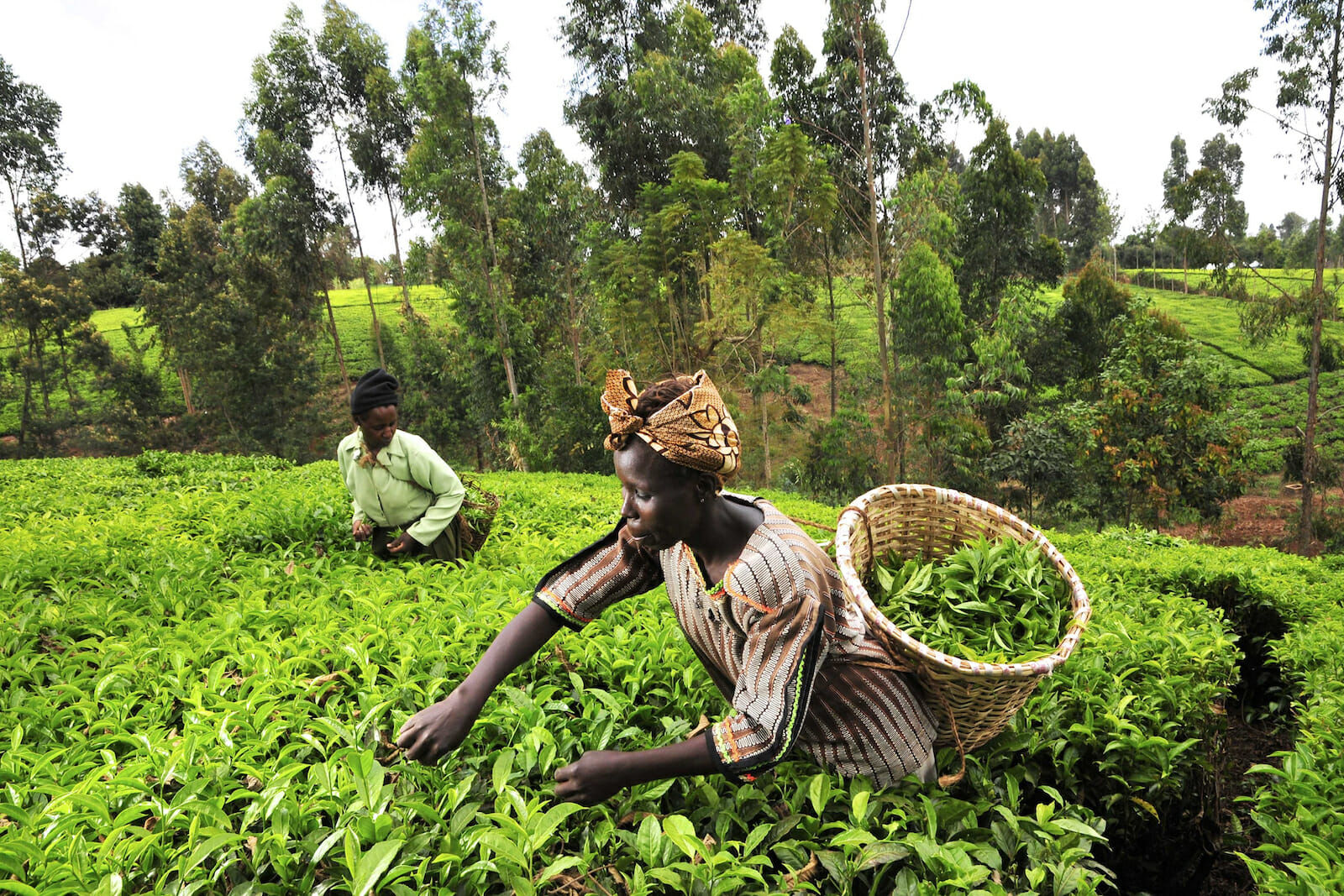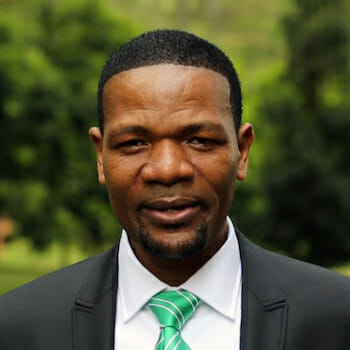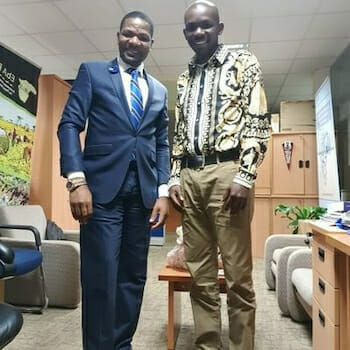
Tech
How to Achieve Agro-Industrialization in Africa
Achieving agro-industrialization cannot be a reality without factoring in climate change and healthy ecosystems. Climate change threatens to reduce crop yields by up to 40%, hence climate adaptation in agriculture is an imperative. On the other hand, healthy ecosystems are the foundation of long term productivity underpinning food production through ecosystems goods and services such as water, soils, pollinators, etc. Safeguarding them is therefore an imperative.
Linking ecosystems based adaptation approaches (EBA) driven agriculture for on-farm production to clean energy and post farm gate commercial value chains and access to agro-value chain financing in a continuum can potentially ensure Africa actualizes sustainable agro-industrialization. Simultaneously this will unlock socio-economic benefits of food security and job & income opportunities along the entire agro-value chain.
This approach is in line with high level global and regional strategic climate and inclusive growth policy positions and aspirations – the AU Agenda 2063 at the regional level, which highlights clean energy and agriculture as priority areas for Africa to realize environmentally sustainable, economically inclusive growth. The Paris COP21 agreement and Agenda 2030 cumulatively buttress sustainable inclusive growth, providing access to quality jobs for structural transformation and poverty reduction.
Investing in EBA Driven-Agriculture and its linkage to clean energy and commercial value chains, can enhance not only food security with up to 128% yield increases but also farmer incomes and create up to 17 million jobs along the entire value chain while catalyzing an agro-sector worth $1 trillion by 2030. EBA-driven agriculture is also known to result in healthier food while clean energy options reduce pollution, all contributing to good health, while also enhancing the health of ecosystems. In addition, the World Bank reports that in Africa, a 10% increase in crop yields translates to approximately a 7% reduction in poverty. Growth in agriculture is at least two to four times more effective in reducing poverty than in other sectors. EBA based agro-industrialization is a potential “silver bullet” that could potentially catalyze achievement of all the Sustainable Development Goals (SDGs).
Linking EBA-driven agriculture to clean energy as a pathway to agro-industrialization will ensure that Africa’s agro-industrialization efforts will succeed. This is illustrated in Articles 10 & 11 of the Sustainable Development Goals (SDGs) which mandates developed countries to support developing countries with appropriate means of implementation to meet their obligations under the deal: capacity building, technology transfer, financing, to enable them sufficiently implement adaptation and mitigation actions. In this case, these could be directed toward tapping into vast renewable energy potential to bridge energy gaps and power agro-industries, and implement large-scale EBA-driven agriculture interventions. For instance, the Paris deal secured commitments by a global alliance to mobilize up to $1 trillion to finance renewable energy development. Within the framework of COP21, with such a paradigm of sustainable agro-industry, Africa can leverage Article 11 to mobilize these finances, including the Green Climate Fund, appropriate technology and capacity building to support exploiting its renewable energy potential to bridge the energy gap and power agro-industries.
Actualizing these efforts will require policy changes and actions on the ground. Unlocking this potential through enabling policies, investments and ground actions, through inclusive, mutual partnerships involving both state and non-state actors, is the mandate of the Ecosystems Based Adaptation for Food Security Assembly (EBAFOSA).
The innovativeness of EBAFOSA is in its inclusiveness that convenes cross-cutting global, regional and national stakeholders based in a country to foment mutual partnerships that leverage their respective strengths to bridge gaps. These are gaps in policy processes, financing, technology, techniques, skills, markets, commercialization, and continental exchange of best-practice towards a common aim. Policy and ground actions that can actualize sustainable agro-industrialization and are capable of simultaneously satisfying climate obligations are well position to leverage opportunities and provisions under the COP21. Also ensured are socio-economic benefits of food security, contribution to macro-economic growth and creation of income and job opportunities, including high quality industrial based jobs for structural transformation, poverty reduction and inclusive growth.
For example; EBAFOSA actions to bridge gaps include:
Policy gaps: Within government, EBAFOSA is bridging policy gaps by breaking inter-ministerial silos through convening requisite ministries of environment, agriculture, industry energy, finance etc., for collaborative, enabling policies for example: agriculture policies to incorporate EBA-based on-farm production techniques of conservation agriculture – agro-forestry, farmer managed natural regeneration, etc., into mainstream agriculture practices to ensure simultaneous actualization of both food security and environmental and climate requirements of reforestation, enhancing carbon sinks, ecosystems preservation and climate adaptation. Targeted clean energy investment in rural areas – decentralized transmission renewable plants to power rural agro-industry. Ensure prioritized investment in rural transport, i.e. feeder roads in farm areas to facilitate efficient linkage of produce to markets, hence commercialization of sustainable agro-industry- trade/industry policies to create special economic zones aimed at attracting investors to set up clean energy based agro-industries in rural areas where farmers are.
Human capacity building gaps: EBAFOSA is targeting peer-to-peer learning among cross-cutting stakeholders across the 35 National branches in Africa by coordinating through the national secretariat, transfer of best-practices and lessons at both strategic policy & operational levels from exemplary EBAFOSA National branches for replication. This enhances skills improvement across the continent, which is a key step in engineering a structural transformation.
Institutional Capacity building: EBAFOSA action is country driven with country institutions and personnel taking the lead in implementation, while EBAFOSA secretariat and partners coordinates sharing and transfer of best practices and provides technical back-stopping. This facilitates institutional capacity building through transfer of globally and continentally sourced best practices & technologies.
Technology gaps: EBAFOSA is targeting south-south partnerships with technology leaders, e.g. Chinese companies on renewable energy, leading private sector in an EBAFOSA country (e.g. Kenya on renewable off-grids), exemplary & accessible innovative resilience EBA technologies in an EBAFOSA country e.g. Zai in Burkina Faso, for transfer to demand areas in all the EBAFOSA national branches.
***
First, prioritizing EBA-based agro-industrialization seems to be highly catalytic to actualizing sustainable inclusive growth. It promises to ensure Africa simultaneously meets its climate obligations while unlocking socio-economic growth opportunities. This means Africa practically implements high level global and regional climate and sustainable development policy positions and aspirations – the COP21 and Agenda 2030 at global level, and the AU Agenda 2063 at regional level – all which build towards achievement of the SDGs.
Secondly, working through framework initiatives like the EBAFOSA, that convene cross-cutting stakeholders – public/government, private, academia, individual professionals, other development partners for mutual partnerships that leverage their respective relative strengths towards actualizing sustainable agro-industrialization provides a practical means to this end.
Through prioritizing the above, Africa can leverage implementation of the Paris deal for structural transformation and inclusive poverty reducing growth.


